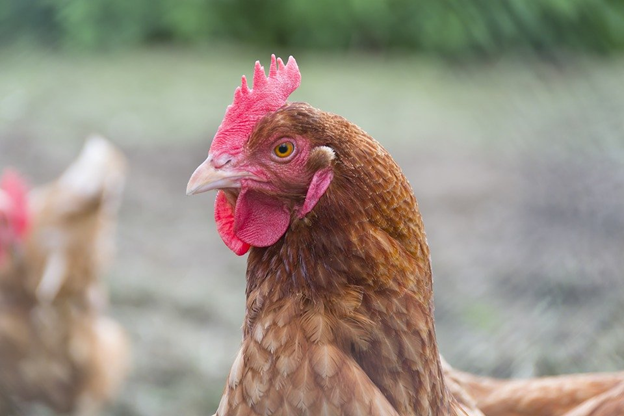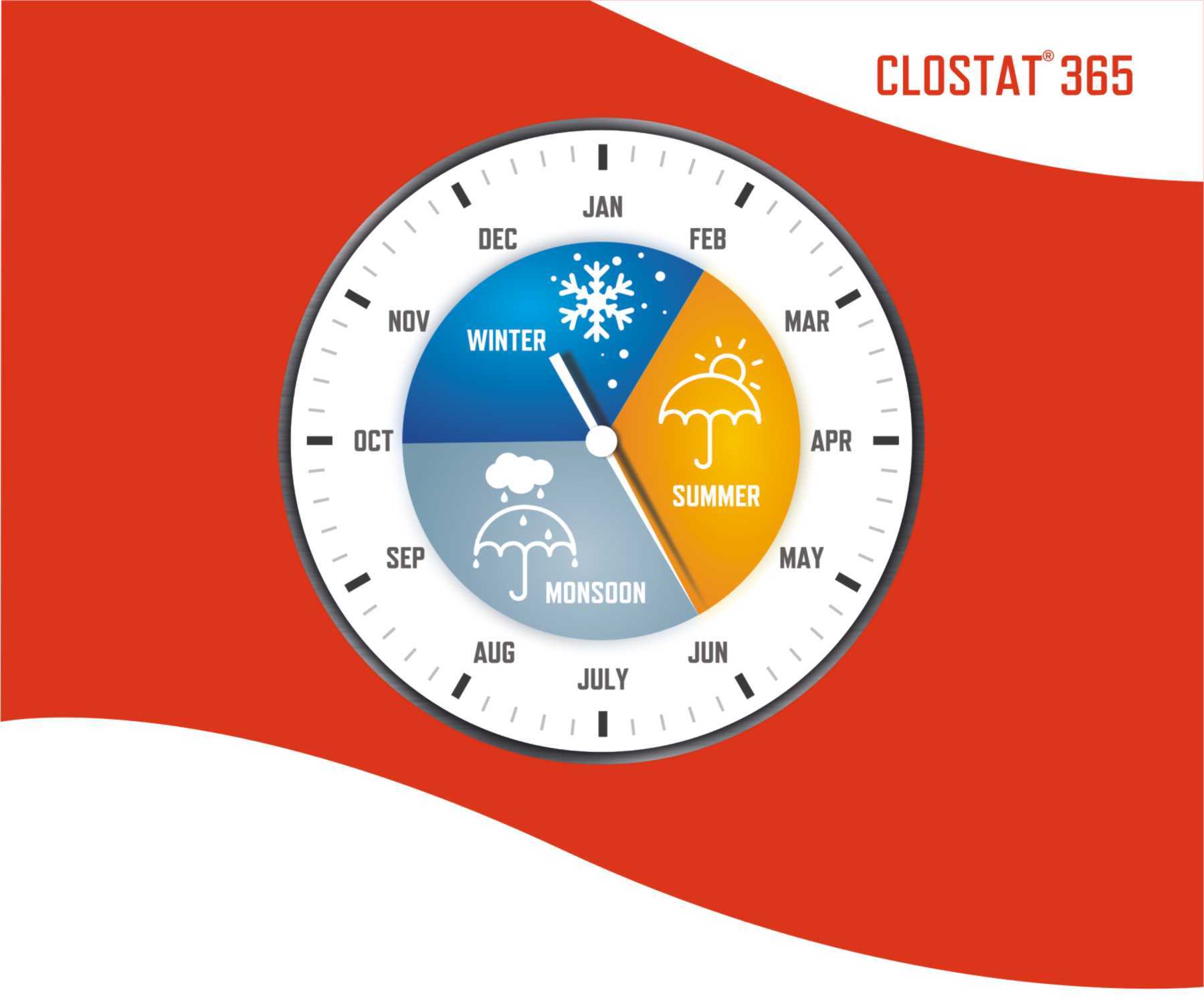There is no excerpt because this is a protected post.
Author: admin
Global Animal Industry Outlook – The road to Recovery PERSTORP’s Technical Webinar
Perstorp Animal Nutrition organized a technical Webinar on “Global Animal Industry outlook and its recovery”. The presenter was Mr. Nan –Drik Mulder, who is Senior Global Specialist in Animal protein from Rabobank and the webinar was moderated by Mrs. Lina Anderson, Perstorp Animal Nutrition. After Hosekeeping Welcome introduction of the webinar, Mrs. Lina share the screen with Dr. Jim Ren, Vice- President APAC, from Perstorp Animal Nutrition for Group’s Introduction. Mrs. Lina Anderson, Perstorp Animal Nutrition Dr. Jim Ren,Vice- President APAC, Perstorp Animal Nutrition Dr. Jim has more than 18…
The Effects of Photogenic Feed Additives(Naturogen-510) on Performance
The poultry industry today faces challenges such as rising feed and production costs apart from the demand of being one major source of animal protein in response to the growing global human population in the perspective of food safety and security. The ban on the use of in-feed antibiotics in Europe has influenced the increasing awareness of the consumers for food safety and health risk. Documented negative effects of using antibiotic growth promoters in feed triggered the continuous evaluation of in-feed natural growth promoter as an alternative. For the last…
RESPONSE OF LAYING HENS TO DIETARY INCLUSIONS OF FIBRE-DEGRADING ENZYMES IN A REDUCED ENERGY DIET
Identifying high-quality digestible ingredients for diet formulation is a vital task in domestic poultry industry. As some nutrients in animal feed cannot be digested fully by animal digestive enzymes, quantum of essential nutrients will not be available to the animal. Digestible corn and soybean meal often contain high molecular weight soluble non-starch polysaccharides (NSP), and a complex chemical structure hinders the normal digestion and absorption of nutrients in the gastrointestinal tract (GIT). For hens fed with a typical corn-soy ration, approximately 400-450 kcal of energy per kg of diet is…
De Heus acquisitions Coppens to meet growing Customer Demand
Royal De Heus has reached agreement with the Coppens family about the acquisition of Coppens Diervoeding. Strategically located in Helmond, the Netherlands, Coppens has a modern animal feed plant with a 400,000-tonne capacity. The company has achieved a strong regional position within the pig and broiler sector. The acquisition perfectly alignes with De Heus’s goal of making its production more flexible and expanding its capacity in the Netherlands, as a means of facilitating further growth. The intended transaction still requires approval from the Netherlands Authority for Consumers & Markets (ACM).…
Aviagen Asia Pacific Hosts Virtual Panel Discussion on Economic Outlook for the Region
From Left: Dr. Daniel Gomes, Brand Manager of Indian River Asia Pacific; Dr. Peter Fisher, President of Aviagen Asia Aviagen® Asia Pacific hosted an informative webinar on the economic outlook of the Asian poultry landscape in the coming 12 months. During the event, a panel of experts explored the disruptive impact of the COVID-19 pandemic as companies learn to work within the new reality, along with economic and social drivers that will create volatility and change. The experts gave their views on predicted changes that will occur in terms of economic…
Protected: July 2021
There is no excerpt because this is a protected post.
CARGILL’s MYCOTOXIN SURVEY
Mycotoxins are secondary metabolites of molds/fungi and has become is due to constant change in climate and inefficient storage conditions and Mycotoxin contamination is one of prominent factor for grain wastage in world & negatively impact animal health consequently. There are more than 400+ mycotoxins prevalent worldwide, but, few of mycotoxins contribute major loss for animal health. Aflatoxins, ochratoxins, trichothecenes, zearalenone andfumonisinsare the mycotoxins of greatest agro-economic importance. Some moldsare capable of producing more than one mycotoxin and some mycotoxins are produced by more than one fungal species. Often more…
The impact of dietary sodium Diformate
(Acidomix DF+) on the performance of layers – A Short Review Christian Lückstädt1 and Sarah Mellor2 1ADDCON GmbH, Bitterfeld, Germany; 2Independent writer, Weinheim, Germany Microbiological integrity of eggs is an important issue, while bacterial pathogens in feed and environment of layer units can have serious consequences for bird health and productivity. Salmonella is the most widely understood bacterial pathogen in egg production, which, according to Farooq (2001) is among the bacterial species influencing higher losses in chicken and was abundantly found in bedding material of chicken (42%), drinkers (36%), feed…
Are we catching the right Gut Health Signals, from droppings?
Overview The broilers are fast growers and their feed intake rises rapidly every day. This higher demand places higher stress on intestine and gut microflora. With ever intensifying predisposing factors, it takes just one thing to disrupt the balance, like increased alternate raw materials, season, diet density, increased clostridial load, & higher use of antibiotics, lead to disturbed gut health signs. Leading to flock being treated prophylactically for enteritis. Whereas in therapeutic treatments, there is a high probability of induced dysbacteriosis. Specific signals from gut A broiler bird is allowed…









